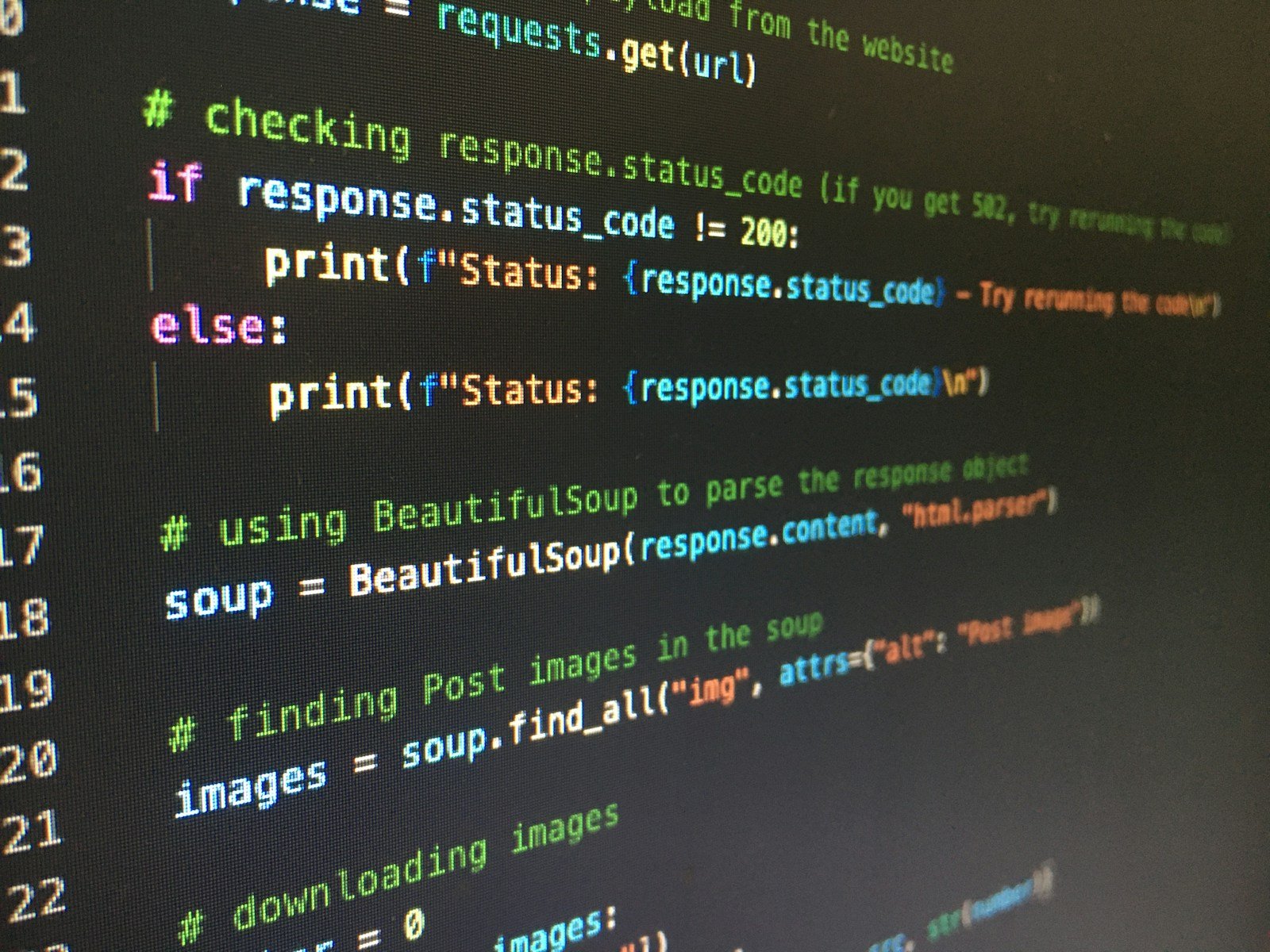Techniques for Preventing Python Supply Chain Attacks
The Python ecosystem, powered by the Python Package Index (PyPI), has become a cornerstone for modern software development. From machine learning libraries to web frameworks, developers can integrate powerful tools with a single pip install command. But this convenience comes with risk: the open-source supply chain is increasingly being targeted by attackers.
Python supply chain attacks exploit weaknesses in how dependencies are sourced, verified, and maintained. The consequences range from credential theft to complete system compromise, making prevention a critical part of secure software development.
Below, we’ll explore the most effective techniques to reduce your exposure.
1. Use Trusted Sources and Registries
While PyPI is the default package source, attackers have occasionally uploaded malicious packages that mimic legitimate ones (typosquatting). To mitigate this:
- Use trusted mirrors or private package indexes like Artifactory, Nexus Repository, or AWS CodeArtifact.
- Avoid installing directly from unknown GitHub repositories unless you’ve reviewed the code.
- Double-check package names to prevent typosquatting issues.
2. Pin and Lock Dependencies
Dependencies can change or be replaced over time. Using pinned versions helps ensure that what you tested is what gets deployed.
- Use
requirements.txtwith exact versions: bashCopyEditrequests==2.32.0 numpy==1.26.4 - Implement a lock file (via
pip-toolsorpoetry lock) to freeze not just direct dependencies but also transitive ones. - Regularly review and update locked dependencies in a controlled way.
3. Verify Package Integrity
Even if a package version is pinned, it can be replaced in a registry with malicious code.
- Enable hash checking mode in pip: bashCopyEdit
pip install --require-hashes -r requirements.txt - Store and verify SHA256 hashes of packages.
- Use tools like Sigstore or The Update Framework (TUF) to ensure packages are cryptographically signed.
4. Scan Dependencies for Vulnerabilities
Attackers often exploit known vulnerabilities in outdated packages.
- Integrate SCA (Software Composition Analysis) tools into your CI/CD pipeline:
- pip-audit (official PyPA tool)
- Safety
- Snyk
- Dependabot (GitHub integration)
- Set automated alerts for high-severity CVEs and patch quickly.
5. Minimize the Dependency Attack Surface
Every extra dependency is a potential attack vector.
- Audit third-party libraries—do you really need them?
- Remove unused packages regularly.
- Prefer standard library modules where possible.
6. Watch for Dependency Confusion Attacks
This occurs when internal package names overlap with public PyPI packages.
- Always configure pip to install from internal indexes first for private packages.
- Namespace internal packages uniquely (e.g.,
companylib-data-utilsrather thandata-utils).
7. Implement Supply Chain Security in CI/CD
CI/CD pipelines are a prime target for injecting malicious code.
- Run builds in isolated, ephemeral environments.
- Use minimal build images and avoid unnecessary package managers.
- Apply principle of least privilege to build agents.
- Require code signing and verification for release artifacts.
8. Train Developers in Secure Package Management
Human error—like blindly running pip install—is a common cause of compromise.
- Provide internal guidelines for package installation and review.
- Conduct regular secure coding workshops focused on supply chain risks.
- Share real-world examples of Python package attacks to increase awareness.
Final Thoughts
The Python ecosystem thrives on collaboration, but this openness also invites malicious actors. By combining technical controls (pinning, hashing, scanning) with process improvements (training, review, and restricted registries), you can dramatically reduce your risk of falling victim to a supply chain attack.
In cybersecurity, prevention is always cheaper than response. The right time to secure your Python dependencies is before attackers have a chance to compromise them.








